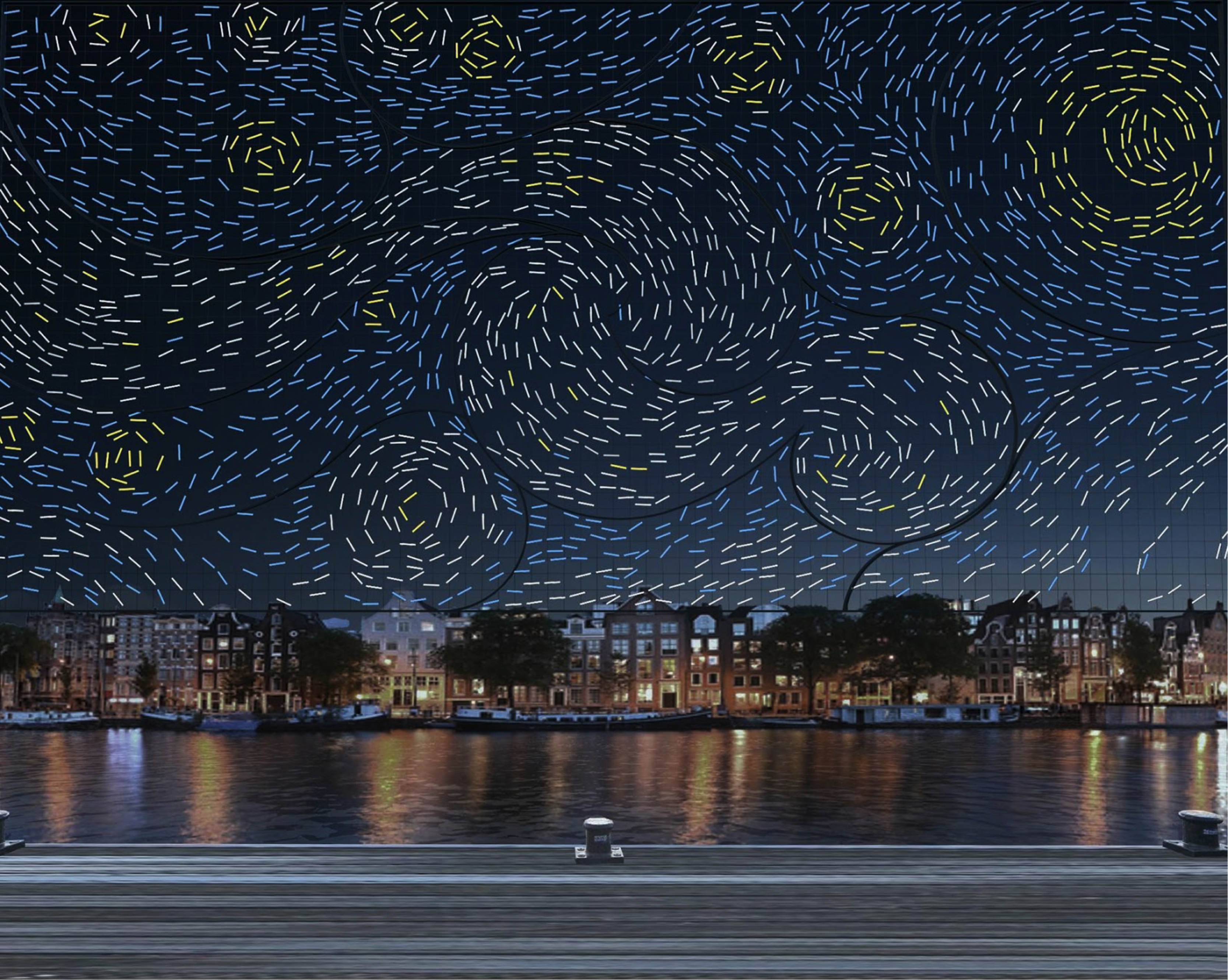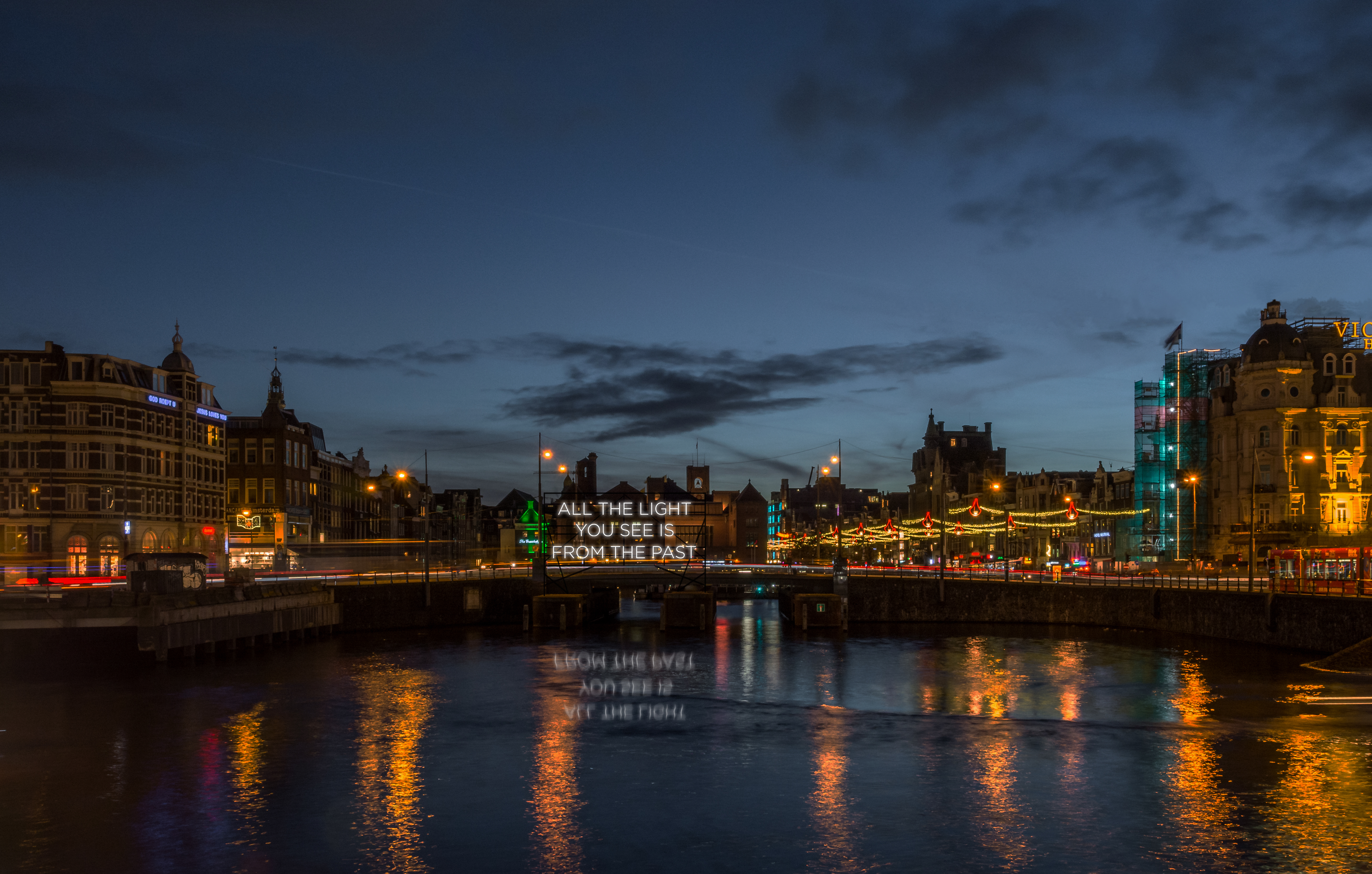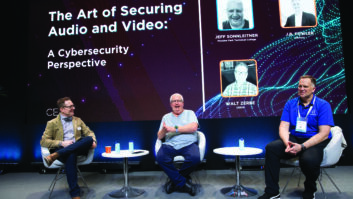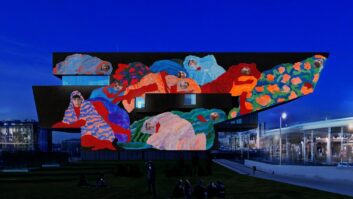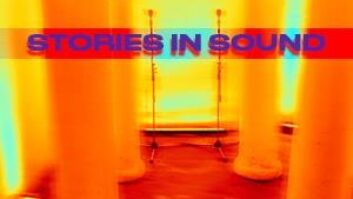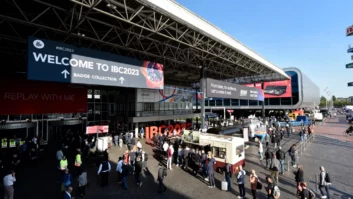
As of 29 November, thirty artworks will light up the city centre of Amsterdam for the seventh year in a row.
For this years’ edition of Amsterdam Light Festival artists, designers and architects from sixteen different countries share their interpretation of the central theme ‘The Medium is the Message‘ – the famous statement by the Canadian scientist and philosopher Marshall McLuhan.
The idea behind his statement was simple: the way we send a message is at least as important as the message itself. The participating artists focused on questions such as: what role does light play as a medium or a message? And how can lightcreate spaces that would otherwise have remained invisible? The city of Amsterdam as a medium for telling stories is also a central part of this edition. On behalf of the festival, art historian Koen Kleijn went in search of remarkable stories about the city and from October onward they will be released as a ten-part series on the festival website. In his stories Kleijn identifies the connection between the city and the central theme.
All participating artworks will be lit simultaneously during the 53-day-long festival.
There will be one exhibition – in the historical centre of Amsterdam – which can be experienced in different ways: by boat, by bike or on foot. This year, for the very first time, visitors can vote for their favourite light artwork.
The Public Award will be presented to the artist of the winning artwork in the last weekend of the festival. Amsterdam Light Festival can be enjoyed until 20 January 2019.
A selection of the participating artists and artworks:
- Ivana Jelić and Pavle Petrović (Serbia) found inspiration for their work Starry Night in Van Gogh’s famous painting of the same name. Since the beginning of the 21st century, as a result of the increase in light pollution, starry nights are less and less visible in urban areas. With the installation Starry Night, the Serbian duo gives Amsterdam its (artificial) starry night back, which reminds us of what we are missing out on.
- Groupe LAPS (France) produces movies and (multi)media installations and often integrates the urban surrounding into their work. Exclusively for the festival the French artist collective designed Spider on the Bridge: eighty spiders of two meters each, which together form one gigantic spider on the bridge between the Herengracht and Amstel. Light effects give the illusion that the creatures are crawling all over each other. Arachnophobic visitors are warned!
- amigo & amigo (Australia) – also known as Renzo B. Larriviere and Simone Chua – explores the relationship between sculptures and light with their technically complex artworks. Parabolic Lightcloud is a cloud of lightmade with impressive colours, patterns and transitions. With this installation the duo tries to picture human emotions and stimulate visitors to think about the impact of external impulses on our feelings and instincts. Moreover: the installation consists of 1.000 led lights and 800 meters of rope made out of recycled plastic from discarded bottles.
- OGE Group (Israel) is an expert on light art, the founders Merav Eitan and Gaston Zahr are the artistic directors of Jerusalem Light Festival. Their work is characterised by the powerful way in which it arouses emotions, with Light a Wish as a clear example of that. The artwork pictures the moment you blow the fluff of a dandelion and make a wish while it scatters in the air. Eitan and Zahr cherish this childhood memory by making the dandelions float above de Herengracht, where everyone can make a wish during the festival.
- Balmond Studio (United Kingdom) has become a friend of the festival. The studio’s innovative artworks are inspired by science, math and biology. With Optilli Balmond Studio creates an optical illusion and shows the subjective way our brain processes light as a source of information. As soon as light is converted into impulses, our brain produces an image. The question is: is the displayed image correct?
